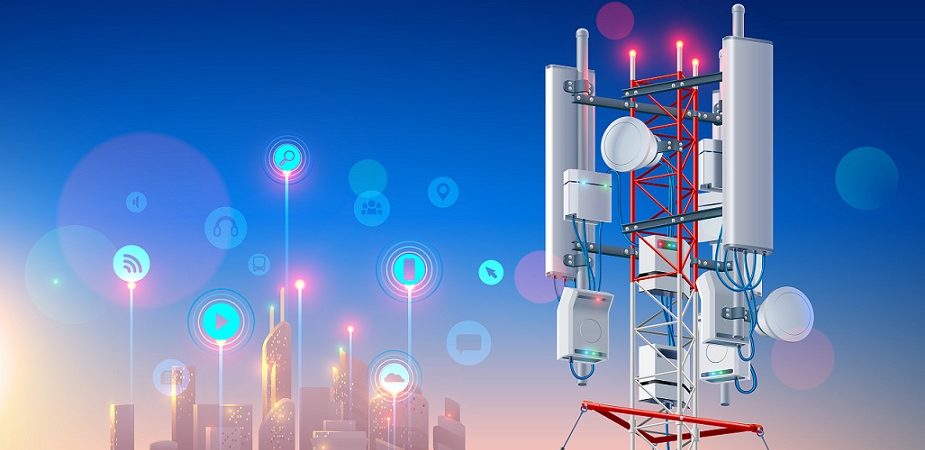
The Vertiv firm brings to the fore an important detail that must be considered so that the new generation of mobile communications does not become a headache for operators, governments and users in general in terms of energy consumption.
In this infographic, Vertiv shows how it evolves in response to user demands and the potential to develop new businesses based on more robust, intelligent and efficient mobile networks.
For example, data traffic will go from 100 exabytes in 2021 to more than 2,000 exabytes in 2027, while 3G and 4G networks will average 1,000 exabytes.
And that traffic intensity also implies a forecast regarding energy consumption. Fortunately, the latest generation networks are more efficient, according to the information collected by Vertiv and the savings can be 90% per unit of data when applying 5G technologies.
Either way, new tasks and challenges come for 5G networks. We must consider the rise of trends such as IoT, AI and, in general, all the elements that drive the Fourth Industrial Revolution, which will make 2G, 3G and 4G networks look very archaic and useless.
Also, it is essential to note the rise of the concept of Edge Computing which, by offering processing and information closer to the operation, will also require more energy. According to Gartner, by 2025, 75% of corporate data will be generated or created on edge.
IDC, another research firm, also claims significant growth in investments in Edge Computing that may reach US$ 250.6 billion in 2024.
However, according to the provisions of COP 26, the Climate Change Summit held in Glasgow, Scotland, factors that will reduce energy consumption and decrease the waste of energy, natural and food resources meet the application of digital technologies to prevent climate change.
Finally, Vertiv suggests a package of good practices that will make energy consumption and management more efficient, both in the short and long term.
The companies’ commitment is to make their networks and production chains more efficient, intelligent and productive while improving energy consumption levels.
Click below to share this article

